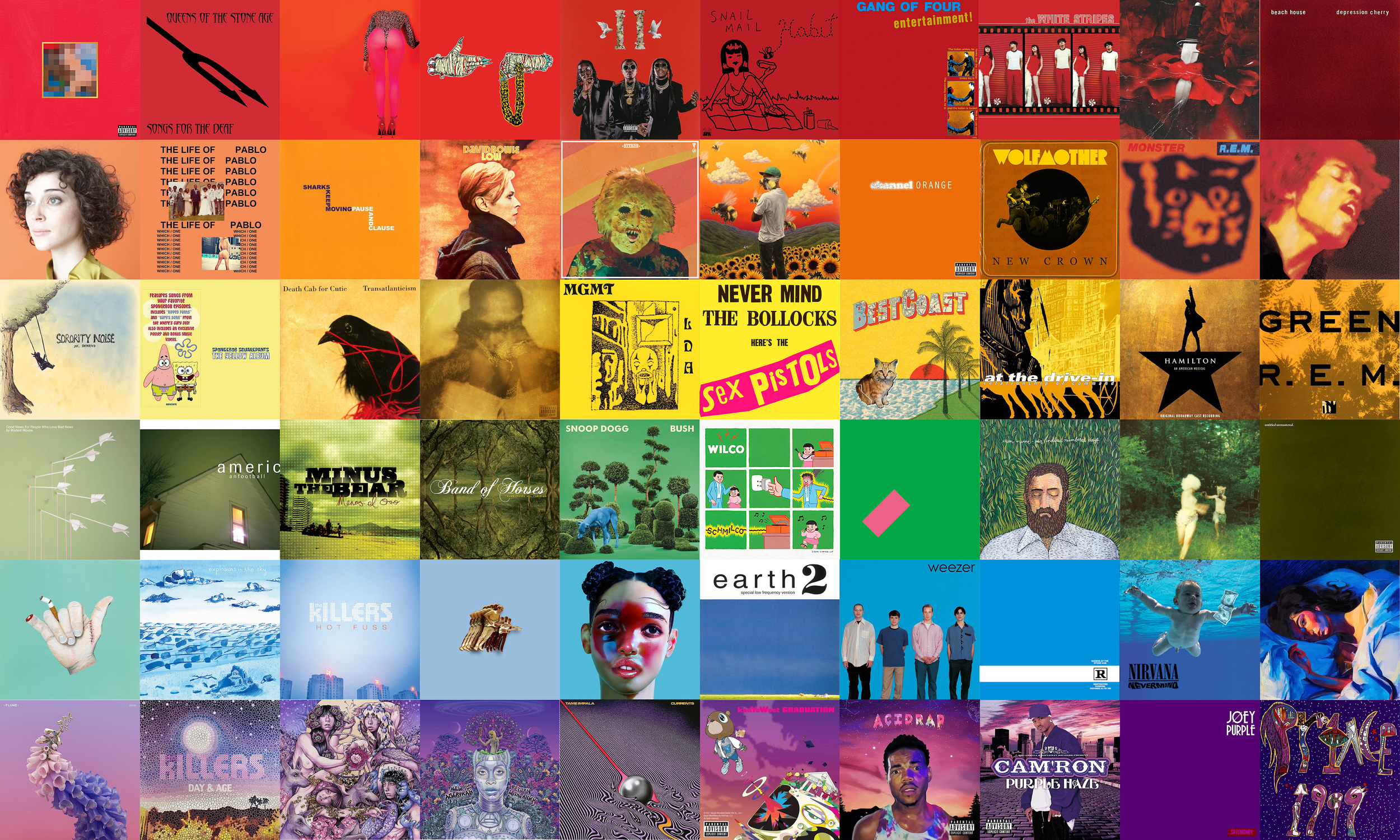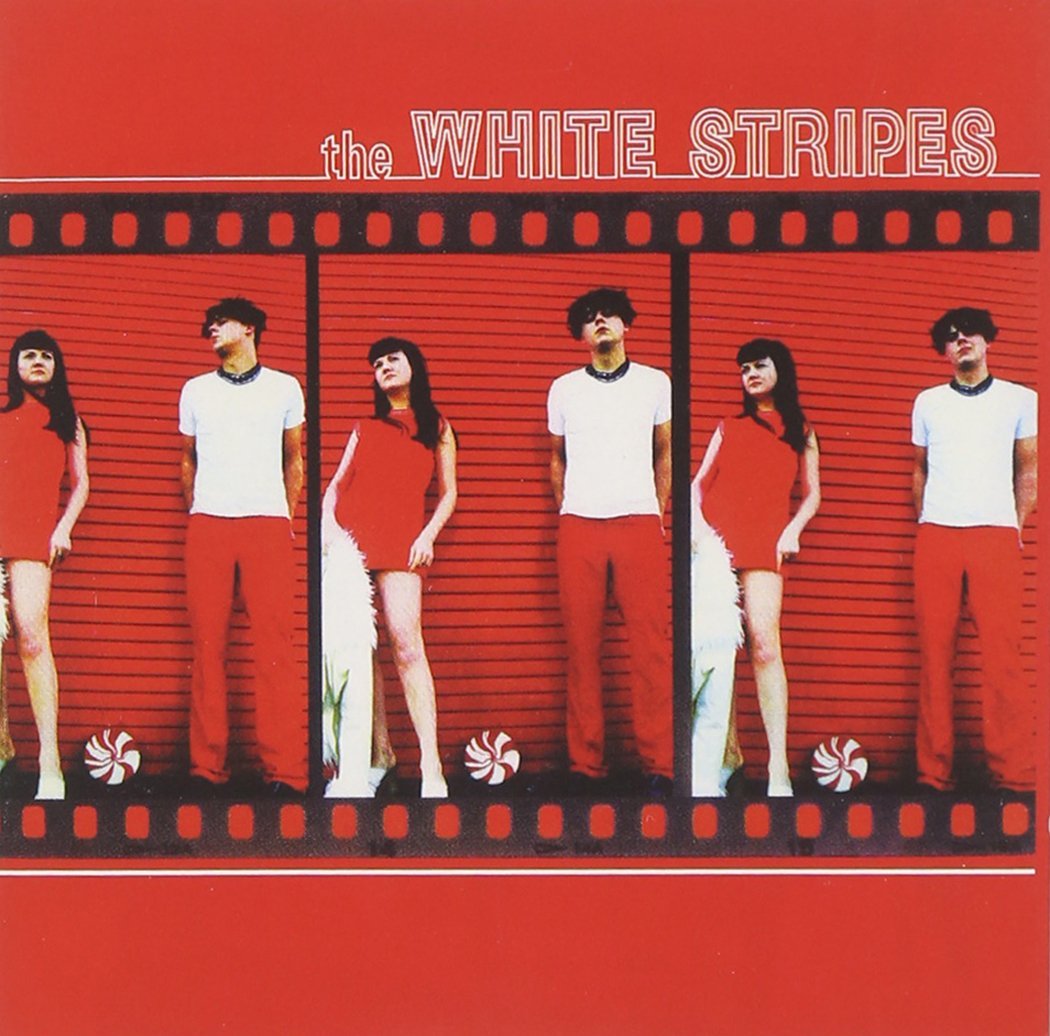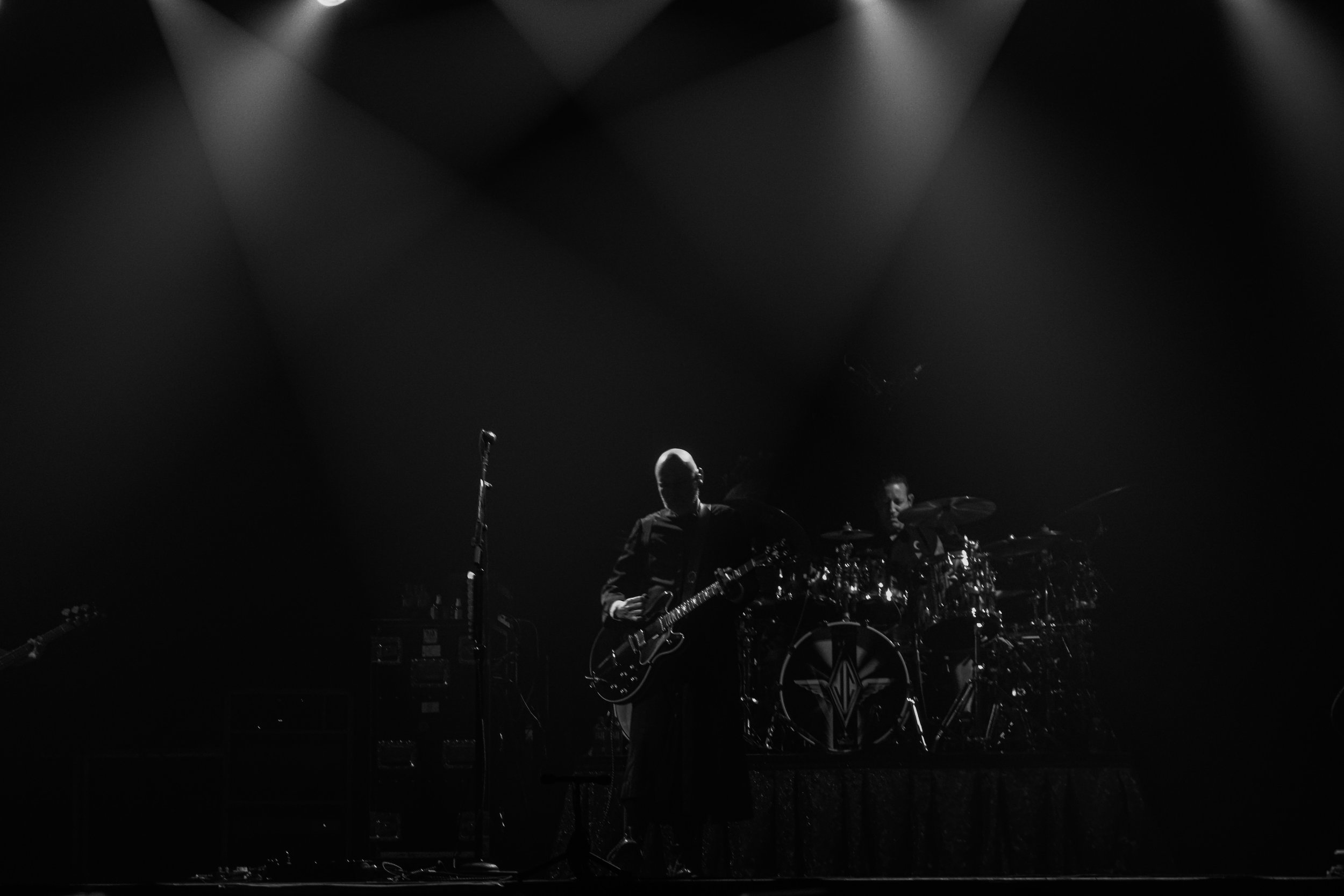James Li Explains 'Life, Death and the Perpetual Wound' Track By Track
/Last month, UK-based musician James Li released his expansive ambient album Life, Death and the Perpetual Wound. The second record released under the Ministry of Interior Spaces moniker, the album is a soul-searching 39-minute meditation on depression, beauty, and life in the face of obliteration.
While we caught up with him earlier this month for an interview, each track of the album is a multi-faceted work that’s deserving of its own analysis. Luckily James was willing to give us the details of what went into each song’s creation on both a technical and spiritual level. Here is his track by track guide to Life, Death and the Perpetual Wound.
Track 1. Katie’s Apartment WA
The opening track was meant to be recorded live guerrilla-style at the Tate Modern. The London museum holds these repurposed oil tanks with an incredible fourteen-second reverb. But when I finally got there to record they’d just put in a new installation, so I recorded it at home instead. This was probably for the best.
After making a scratch track, I asked my incredible Seattle musician friend Katie Kuffel to send me vocal parts. I stayed at Katie’s apartment in Seattle when I went cold turkey on my SSRIs. It was a really dark time in my life but I think going out to visit her and other kind friends helped me stay alive. This is what I thought about while writing this track - a starting place of peace amid great turmoil overlooking Puget Sound.
Julianna Barwick was the biggest inspiration for this piece. There was a whole other version of Katie’s Apartment that was three minutes longer and more noise-based with samples of Seattle boats and foghorns. I was committed to it for a long time, but it didn’t work well as an introductory track.
Track 2. Hoyt Arboretum OR
I talked about its story extensively in this premiere - but on that same Seattle trip I took a bus to Portland alone, staying with a fan I’d never met before. It was raining, I was getting bad withdrawal symptoms, and listening to a leak of Carrie & Lowell.
At the crux of it I got lost and found myself in a nature preserve on a hill overlooking Portland. It stopped raining, the sun shone, and everything sort of came together at once. I felt the most incredible pain and joy at the same time, which is also a withdrawal symptom. That experience is what this track is about.
Hoyt Arboretum OR is made mostly from warbly guitar pushed through two delay pedals, and an improvised upright piano recorded from a significant distance (an SM57 six meters away). The OP-1 fills in the rest, while the reversed sample is a Totally Legal recording I took during a Sufjan concert in Cincinnati. It’s from the outro of Blue Bucket of Gold.
Track 3. C64 Falls ID
This particular piece was inspired by Bing & Ruth. I wanted to create a flowy piano-based piece with post-rock guitar as an ethereal undercurrent, representing the sensation of being carried underwater. The growling underneath is my electric guitar being fed into a granulator - I was scratching and scraping the strings while tapping the body. The broody trombone parts are by a Liverpool musician called John Denno - I love how mysterious and bodily they sound. The Montana river sample I used here is actually the last recording I made on my first TASCAM before losing it later that day (more on that next).
C64 Falls kind of looks like Lower Yellowstone Falls, except there are streams of code running down it if you look carefully enough on a sunny day.
Track 4. TASCAM Mountains MT
This was one of the first tracks I made for this album. The bulk of it was recorded in Japan during a work trip. 80% of it was done on the OP-1 and mixed on its inbuilt DAW. Denno plays the trumpet here which I think really completes the track, giving it its lyrical voice.
Musically it’s very inspired by Disasterpiece as I’d been playing Hyper Light Drifter a lot, an indie game that he’d soundtracked. I love how Disasterpeace uses entirely virtual instruments but degrades them until they sound undeniably physical. Destruction is also a recurring theme on this album, and you can hear it clearly in this track - the way the synths crumble and tailspin at the end of every sequence.
The sample was taken in the California desert with an airplane flying overhead. The gross wet sounds at the end are the “Paint Pots” at Yellowstone. I also utilised the same guitar-granulator method I used on “C64 Falls.”
I refer back to this narratively in the very last track, but I lost my first TASCAM and hundreds of hours of audio in some Montanan foothills. I went back looking for it many times, sometimes somewhat recklessly, before finally giving up. It symbolised a lot of unexpected grief I was experiencing at the time.
Track 5. Cassettelands ID
This is the album’s William Basinksi piece. I took a John Adams composition (with the label’s permission) and slowed it down dramatically, ie. “screwed” it. After that, I ran it through a guitar amp with lots of distortion to create this crumbling tape effect.
Narrative-wise this was inspired by Craters of the Moon National Park in Idaho and the drive back from it. I describe it in better detail in the zine, but basically, I was riding shotgun with a very quiet, very conservative professor called Cheryl who only listened to Christian music. By the end of the night we were driving through Montana dancing and singing along to Queen and New Order in our seats. I wanted it to go on forever. It was perfect.
Track 6. Platonitudes National Park WY
I don’t know how to play piano, so this piece was written in the key of C. Inspired by Max Richter - in particular “On the Nature of Daylight” which is a lucidly gorgeous and melodramatic work. It’s basically a poor man’s Max Richter piece, but I’m fond of it in the same way that I’m fond of my own dubious cooking.
The violinist on this track is a high school friend who’s now the CEO of his own Korean-American pharmaceutical company. Platonitudes National Park doesn’t exist, but in my mind it’s a perfect combination of Yellowstone and Glacier. I recorded this during my worst week of 2017 when both my mental and physical health was failing and I literally couldn’t speak. So I guess this spoke for me at the time.
Track 7. VHS Valley WY
The guitar part is a recording I took in 2014 of my old roommate, Andrew and I messing around on guitar and two delay pedals in my bedroom late at night. It’s honestly one of the coolest things I’ve heard from my guitar, and I’ve tried to recreate it since with no success. I’m grateful I recorded this at the time though, not knowing that I’d use it in an album four years later.
Narratively this is actually about Timber Canyon in Montana. I had a magical walk there with a friend I had a stupid unrequited crush on. It was great. Unfortunately the night turned disastrously bad soon afterwards, and we had to escape death via angry moose.
Track 8. Raton Pass Number Station CO
This song is actually the very first thing I ever made on the OP-1, a month before my first Ministry album Dying Towns of the Midwest. The .wav sat on an old hard drive, and I’m glad I rediscovered it.
After rescuing and mixing the levels on the .wav, I added a few more tracks. The radio chatter is from a Montreal police scanner. The woman counting numbers is my ex (mapped to my OP-1 and triggered by hand). The really heavy distortion is from an electric cello I borrowed. I fed it through an octaver, a reverb pedal, overdrive and a delay pedal which I fooled around with in real-time while playing. Which is a really difficult yoga balancing act to do with a cello.
The piece is inspired by a solitary Amtrak trip I took in the Summer of 2016 after graduating. It was 28-hours each way (actually a bit longer on the way back) from Chicago to Albuquerque. Raton Pass is a mountainous train tunnel by the Colorado-New Mexico border. Going through it feels like a rite of passage.
Track 9. The Needles UT
This track is fairly straightforward and was very linear to make: Swell guitar via volume pedal, very distorted feedback guitar, OP-1 for a recurring synth line passed through a distorted reverb filter, and then two appregiators. I wanted to keep it simple yet beautiful through growing repetition.
During Sophomore year of college six guys from my floor and I drove 24-hours straight to Canyonlands National Park from Grand Rapids. Those few days in the wild transformed my life for good. I didn’t know how nature could be that powerful or make one wish to live forever. I also didn’t know how gross it was to walk behind your friends’ massive shit swinging in front of you wrapped up in a plastic Meijer bag.
Track 10. Island in the Sky UT
I thought of this track singing in the shower and quickly ran out to write it down. I’d been listening to a lot of Erased Tapes Records artists at the time, so I used Nils Frahm’s Una Corda VST as the key instrument. This was definitely one of the hardest tracks to mix because of the violins.
This track is about the healing, almost other-worldly power of nature - you know, the sublime. Desert Solitaire by Edward Abbey is in this track’s blood. It also serves as the spiritual sequel, or second half, to The Needles UT.
Track 11. White Sands Chapel NM
Tim Hecker’s Ravedeath, 1972 inspired this piece, which is probably the most straightforward track on the album after Cassettelands. I used the OP-1’s FM engine to create the bulk of the song before placing a simple appregiator on top of it. I then reversed the track and added Valhalla Shimmer reverb and guitar pedal distortion which, for some reason, made it sound like a live church organ. About a third of the way in I fade the original unreversed track in but with a very heavy phaser. That’s it.
The field recording is from the Stockholm Public Library, sitting there quietly with my old roommate Anna. I tried to create a fictional cathedral setting in the desert by including hushed whispers. I think the illusion works.
Track 12. House of Eternal Return NM
Since the album starts at a home, I wanted it to end at another. A place of safety, creativity, and rest. The House of Eternal Return is an incredible interactive installation in Santa Fe. The concept is that it’s a house with multiple entrances to other times and dimensions, and I liked the idea of being free of this world’s physical constraints. Basically heaven.
However, when I listen to this track, I honestly think of the New Mexico desert more. I explain it more in the zine and also somewhere in this Imgur album. I was in a car with two strangers when we were so, so close to running out of gas in the middle of the New Mexico desert at night. We stopped the car in the desert and let the vastness of nothing sink into us for a while. And that’s what I think of when I listen to this track. Driving into an unknowable eternal darkness. Stopping the car. The ultimate ending.
Musically I lucked into this one. It’s two improvised synths (the Organelle) panned left and right, then screwed down quite a bit slower/deeper. Fittingly my buddy from Albuquerque, Audrin Niema, plays some percussion in the background which I mixed really low and cut a lot of the high ends on. He basically helps add a subtle human element.
Track 13. The Perpetual Wound
Out of all these tracks, “The Perpetual Wound” probably went through the most changes. I want all Ministry albums to end with a song with words that summarise the thematic intent of the record, like the songs that play during the credits of a movie. It’s a nice way to gently wake someone up after their Ministry of Interior Spaces floatation tank experience and to restate the album’s mission.
Here are the ideas that I started then scrapped:
Recording the traditional folk song, “Hang Me Oh Hang Me,” live at an open mic. I liked the idea of ending with something live and human, like entering the album’s universe in a body for the first time. I made a few attempts, including drastically changing the lyrics to a New Mexico UFO encounter, but there were always too many uncontrollable factors, and none of the recordings turned out to be usable.
A repetitive mantra song, like “Driving” by Smog or “The Wounded King” from Dying Towns of the Midwest. As much as I tried, I just couldn’t crack this one.
A folk song I made up about a crust punk saving his boyfriend from an Idaho conversion therapy camp (I have no idea where I got this idea from - probably a crust punk).
I finally settled on a strange folk/Americana song to represent an ongoing personal struggle. It was largely influenced by Bill Callahan - I’d been playing Supper heavily around its writing. The idea of a recurring acoustic guitar hammer-on and the instruments interacting with the lyrics came from Our Anniversary. In Callahan’s song a panned electric guitar represents the chirp of crickets, while in The Perpetual Wound the snare drum represents the crack of distant fireworks.
The drums are by this very talented high schooler, Josh Frenier, who I met in line during Pitchfork 2016. He also helped give me the idea of reincorporating the vocal melody from the opening track, thus making Life, Death and the Perpetual Wound perpetually cyclical.
Stream Life, Death and the Perpetual Wound here, or pick up a copy on Bandcamp.











































